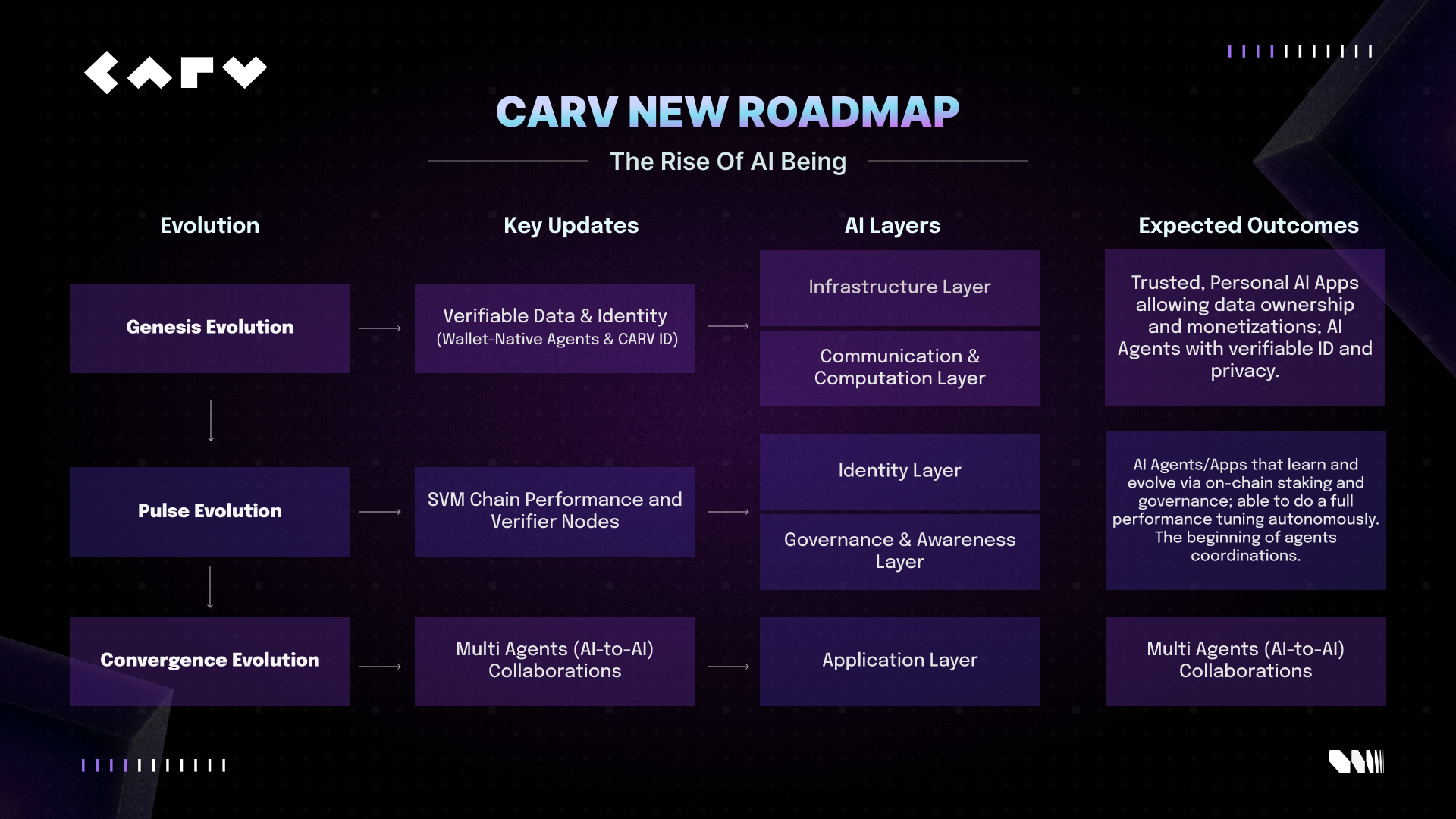BitcoinWorld

Stablecoins: Unlocking a Trillion-Dollar Future in Global Payments by 2030
Imagine a world where sending money across borders is as easy and fast as sending an email. This future is closer than you think, thanks to stablecoins. A groundbreaking report from Keyrock and Bitso projects that these digital assets could power a significant portion of global payments by 2030, transforming how we conduct international business and personal transactions.
What’s Driving the Stablecoin Surge in Global Payments?
The joint report suggests that stablecoins might account for an astonishing 12% of global cross-border payments, equivalent to about $1 trillion, within the next six years. This marks a substantial leap from under 3% in 2024. But what exactly fuels this optimistic projection?
- Efficiency: Stablecoins offer faster and cheaper transactions compared to traditional banking systems, especially for international transfers.
- Accessibility: They provide financial services to unbanked or underbanked populations worldwide.
- Innovation: Ongoing technological advancements are making stablecoin transactions more seamless and secure.
This rapid growth hinges on crucial improvements in market infrastructure, including enhanced liquidity and greater interoperability between different blockchain networks. Clearly, the path to widespread global payments adoption is becoming clearer.
The Pivotal Role of Crypto Regulation and Innovation
Analysts emphasize that significant growth in the stablecoin sector largely depends on a clearer regulatory landscape. Fortunately, progress is already visible. Jurisdictions like the U.S. and Europe are actively working to establish comprehensive crypto regulation frameworks, which will provide much-needed clarity and confidence for institutions and users alike.
Moreover, innovation within the industry is accelerating. Major players are not just participating; they are actively shaping the future. Companies like Tether and Circle, along with various fintechs and established banks, are expanding their presence. Some are even launching their own proprietary blockchains to capture more transaction value and offer tailored solutions. For instance, Circle recently introduced its Arc blockchain, while Tether operates Plasma and Stable, showcasing a commitment to advancing the underlying technology.
Unlocking the Potential of Cross-Border Payments
The promise of cross-border payments powered by stablecoins is immense. Think about businesses making international supplier payments without delays or high fees, or individuals sending remittances to family members overseas in minutes rather than days. This efficiency can unlock significant economic opportunities globally.
- Reduced Costs: Lower transaction fees benefit both senders and receivers.
- Faster Settlements: Near-instant transactions improve cash flow for businesses.
- Increased Transparency: Blockchain’s immutable ledger provides a clear audit trail.
However, challenges remain. Ensuring robust security, managing potential systemic risks, and achieving widespread user adoption are key hurdles. Addressing these concerns will be vital for stablecoins to fully realize their potential in the international payment landscape.
Major Players and Future Digital Currency Adoption
The active involvement of industry giants underscores the growing belief in the future of digital currency adoption. Firms like Tether and Circle are leading the charge, but traditional financial institutions are also exploring how to integrate stablecoins into their offerings. This convergence of traditional finance and decentralized technology is creating a powerful ecosystem.
As regulatory clarity improves and technological innovations continue, we can expect stablecoins to become an increasingly integral part of the global financial system. Their ability to bridge the gap between traditional fiat currencies and the speed of blockchain technology makes them uniquely positioned to revolutionize how money moves around the world.
The journey to 12% of global payments by 2030 is ambitious but achievable. With continued innovation, a supportive regulatory environment, and growing confidence from users and institutions, stablecoins are poised to redefine international finance, making transactions faster, cheaper, and more accessible for everyone.
Frequently Asked Questions (FAQs)
Q1: What is a stablecoin?
A stablecoin is a type of cryptocurrency designed to maintain a stable value, typically pegged to a fiat currency like the US dollar, or to a commodity like gold, to minimize price volatility.
Q2: How do stablecoins improve global payments?
Stablecoins offer faster transaction speeds, lower fees, and greater accessibility for international transfers compared to traditional banking methods, especially for cross-border payments.
Q3: What role does regulation play in stablecoin growth?
Clear and consistent crypto regulation provides legal certainty, enhances consumer protection, and builds trust, which is essential for institutional adoption and broader market growth.
Q4: Which companies are major players in the stablecoin space?
Key players include Tether (USDT) and Circle (USDC), along with various fintech companies and traditional banks exploring or launching their own stablecoin-related services and blockchains.
Q5: What are the main challenges for stablecoin adoption?
Challenges include ensuring robust security, managing liquidity, achieving interoperability between different blockchain networks, and addressing potential systemic risks.
Did you find this article insightful? Share it with your network and help spread the word about the exciting future of stablecoins in global payments!
To learn more about the latest crypto market trends, explore our article on key developments shaping digital currency adoption and its future impact on blockchain technology.
This post Stablecoins: Unlocking a Trillion-Dollar Future in Global Payments by 2030 first appeared on BitcoinWorld and is written by Editorial Team





